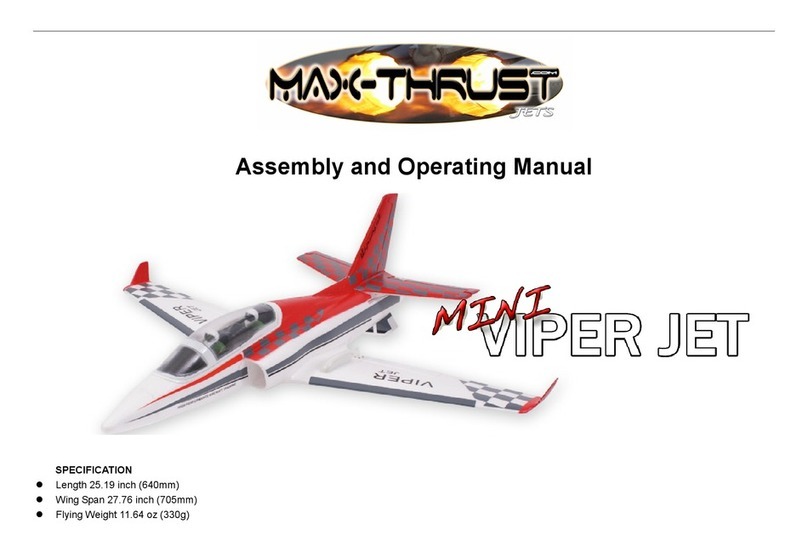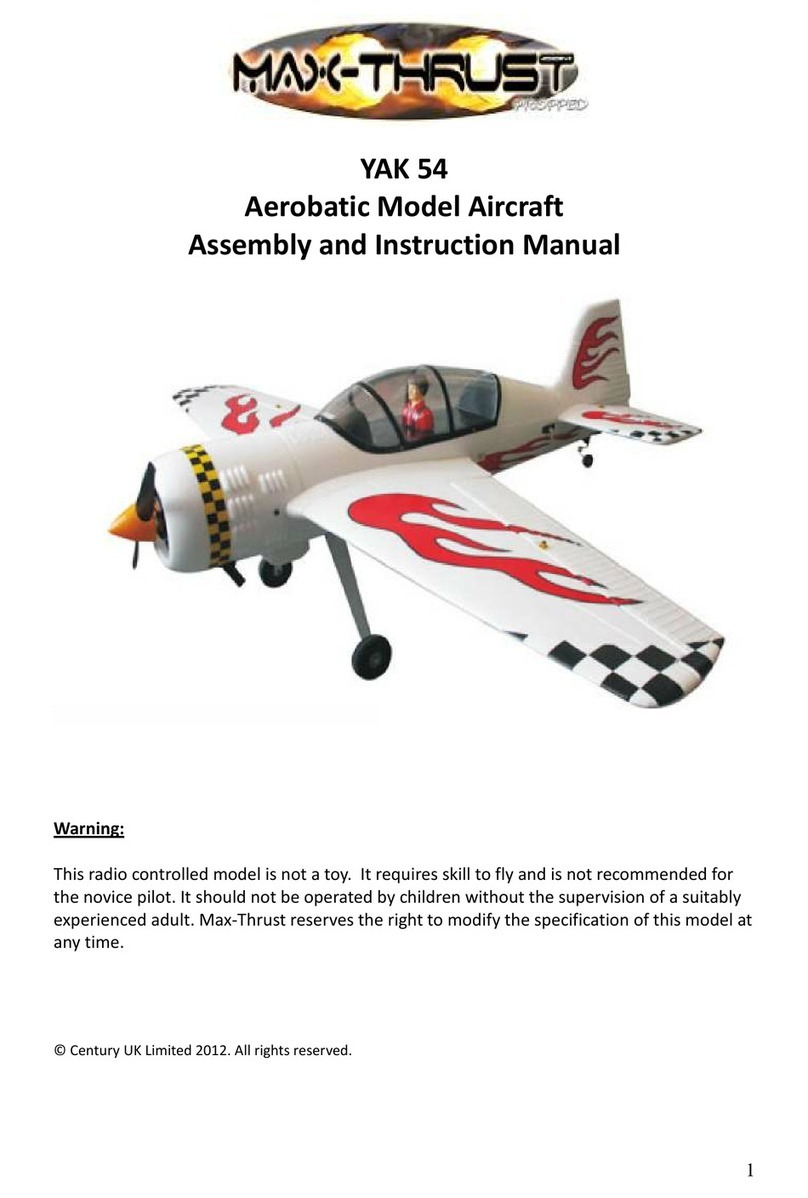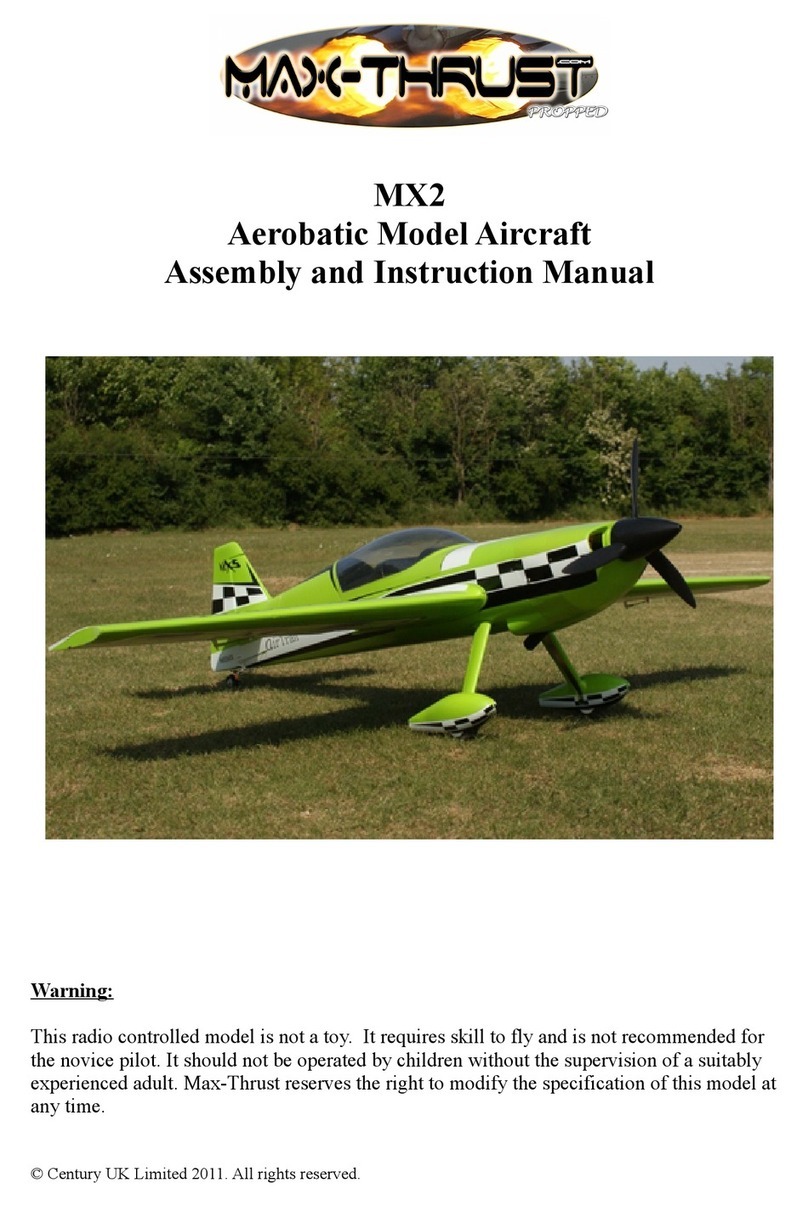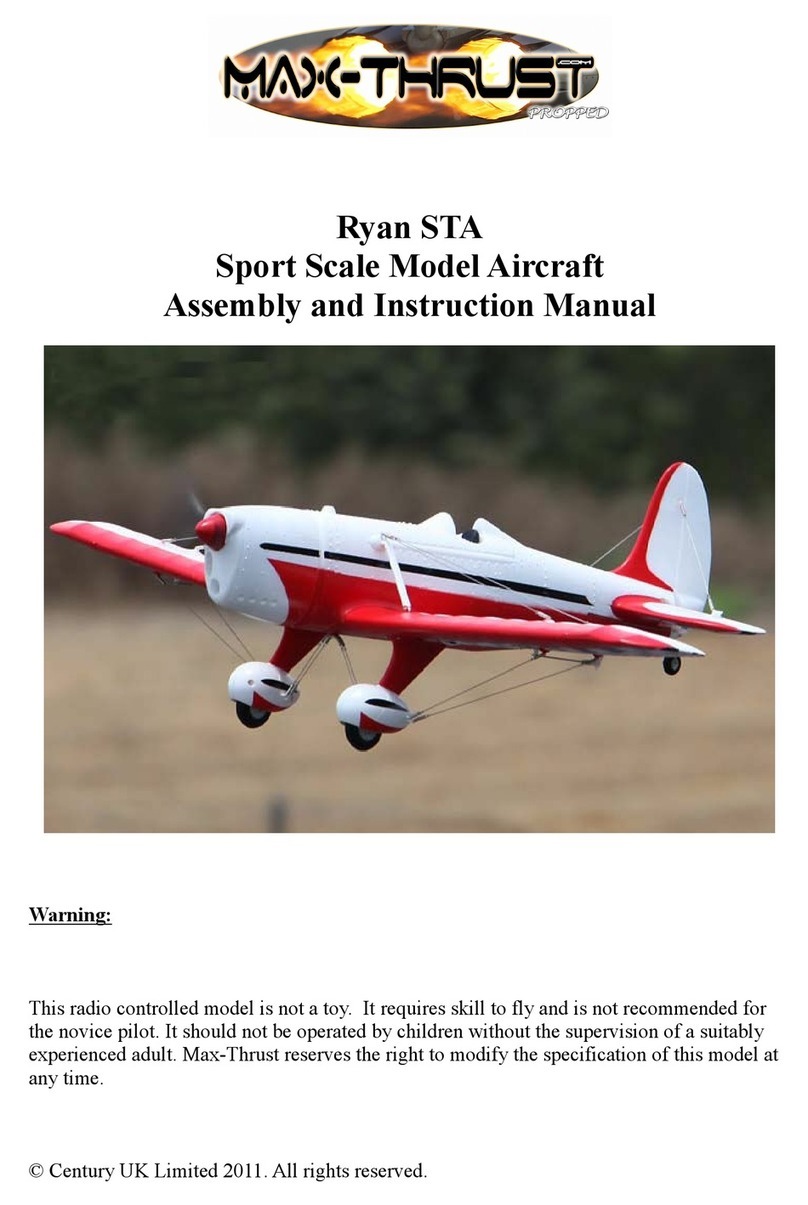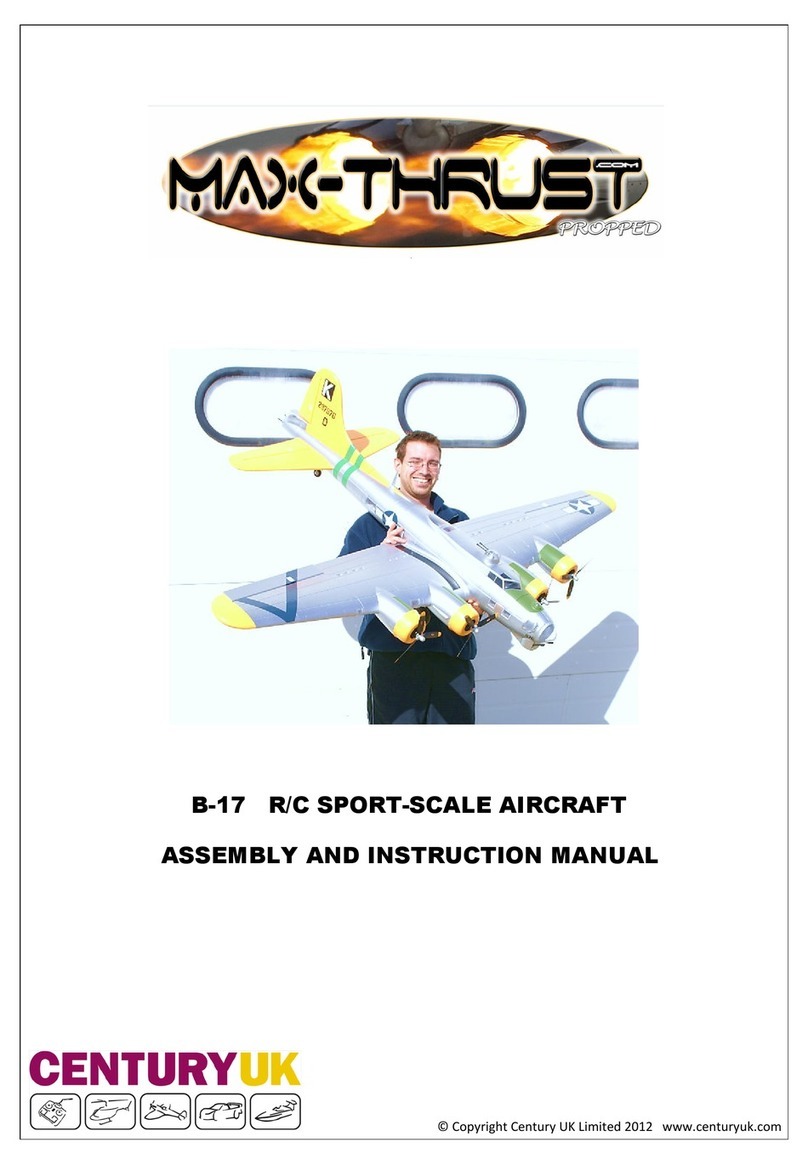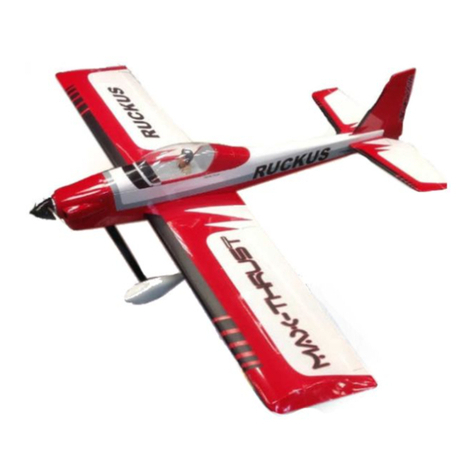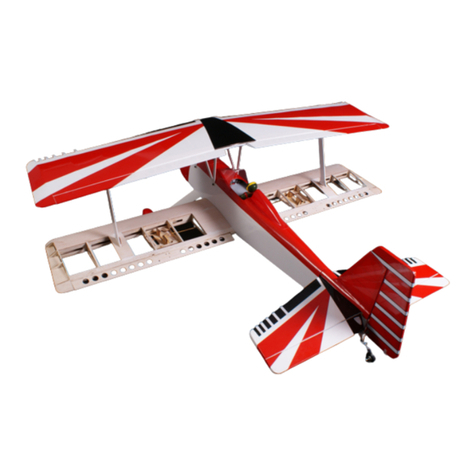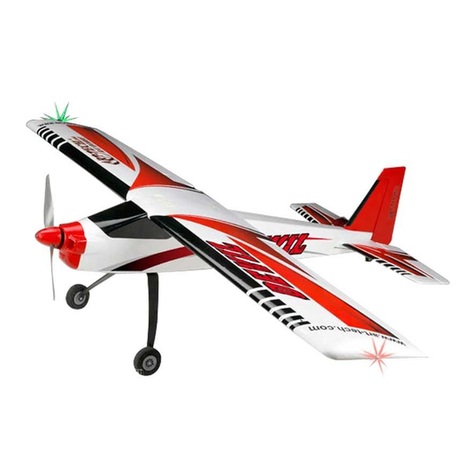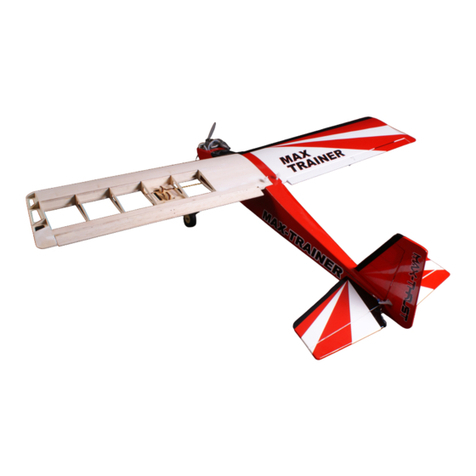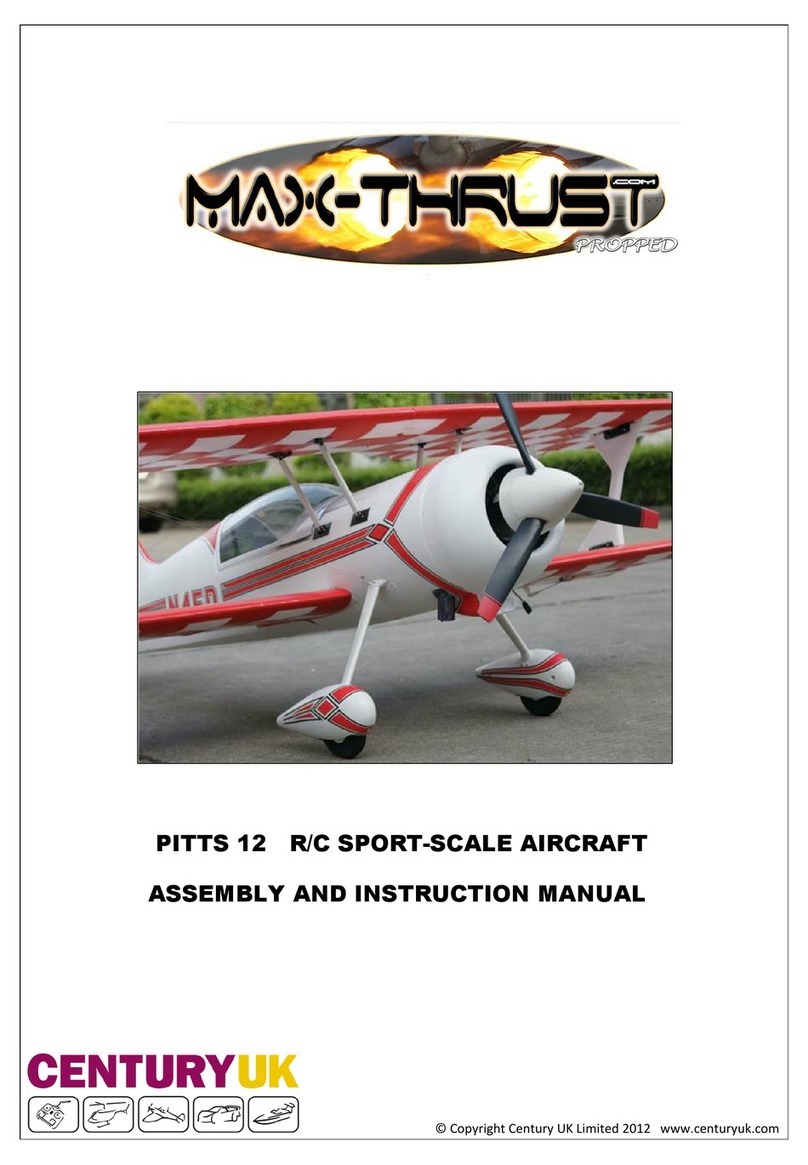
All instructions, warranties and specications are subject to change at the sole discretion of Century UK
Ltd. For up to date product information go to www.centuryuk.com
The following terms are used throughout the product literature to indicate various levels of potential harm when operating this product.
NOTICE: Procedures, which if not properly followed create a possibility of physical property damage AND little or not possibility of harm.
CAUTION: Procedures, which if not properly followed create the probability of physical property damage AND a possibility of serious harm.
WARNING: Procedures, which if not properly followed create the probability of property damage, collateral damage, serious injury OR
create a high probability of injury.
WARNING: Read the entire instruction manual to become familiar with the features of the product before operating. Failure to operate
the product correctly can result in damage to the product, personal property and cause serious injury.
This is a sophisticated hobby product. It must be operated with caution and common sense and requires some basic mechanical ability.
Failure to operate this product in a safe and responsible manner could result in injury or damage to the product or property. This product
is not intended for use by children without direct adult supervision. Do not attempt disassembly, use with incompatible components
or augment product in any way without the approval of Century UK LTD. This manual contains instructions for safety, operation and
maintenance. It is essential to read and follow all the instructions and warnings in the manual prior to assembly, setup or use in order to
operate correctly and avoid damage or serious injury.
As the user of this product you are solely responsible for
operating in a manner that does not endanger yourself and
others or result in damage to the product or the property of
others.
• Always keep a safe distance in all direction around
your model to avoid collisions or injury. This model is
controlled by a radio signal subject to interference from
many sources outside your control. Interference can
cause momentary loss of control.
• Always operate your model in open spaces away from
trafc, people and full size aircraft.
• Always carefully follow the directions and warnings for
this and any optional support equipment (chargers,
rechargeable battery packs, etc)
• Always keep all chemicals, small parts and anything
electrical out of the reach of children
• Always avoid water exposure to all equipment not
specically designed and protected for this purpose.
Moisture causes damage to electronics.
• Never place any portion of the model in your mouth as it
could cause serious injury.
• Never operate your model with low transmitter batteries.
• Always keep aircraft in sight and under control.
• Always use fully charged batteries.
• Always keep transmitter powered on whilst the aircraft is
powered
• Always remove batteries before disassembly of model.
• Always keep moving parts clean
• Always keep parts dry.
• Always let parts cool after use before touching.
• Always remove batteries after each ight and before
charging.
• Never operate model with damaged wiring.
• Never touch moving parts.
Age recommendation: Not for children under the age
of 14 unless supervised by an adult. This is not a Toy.
Safety Precautions and Warnings

